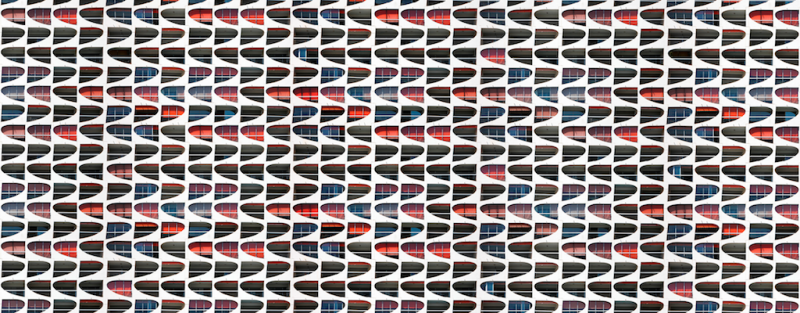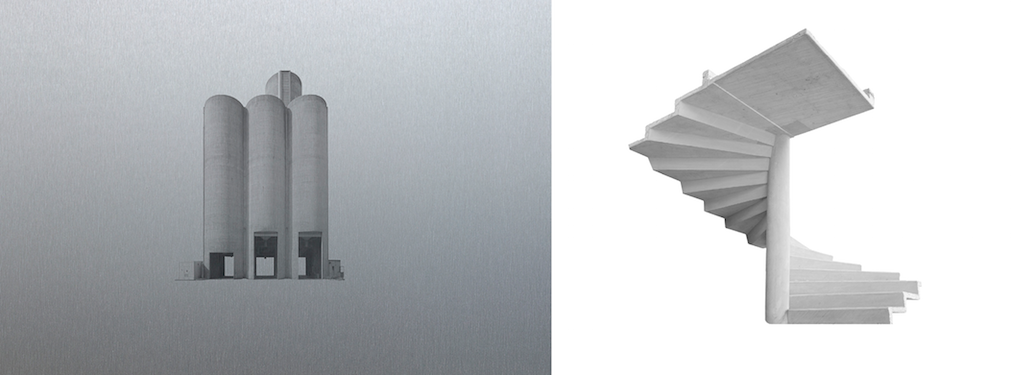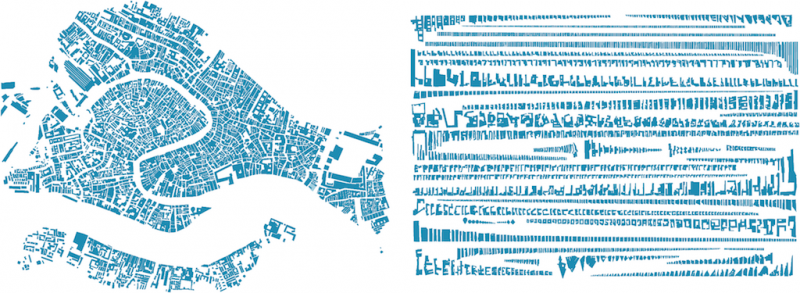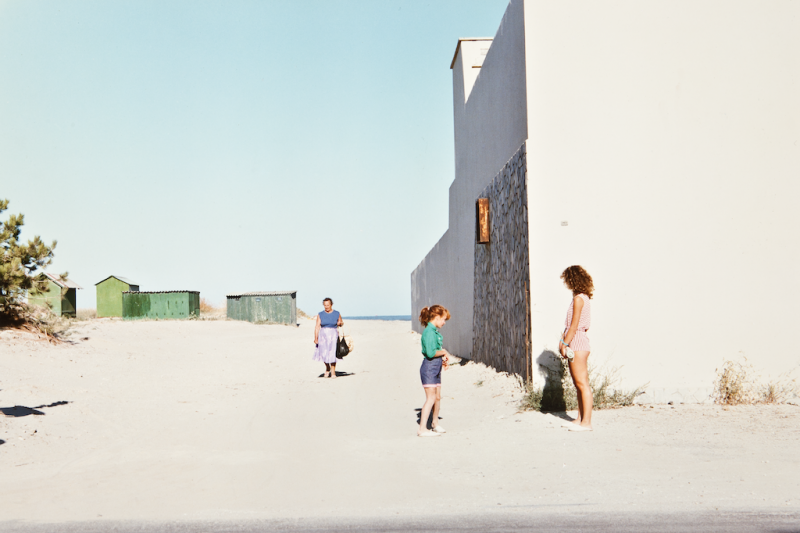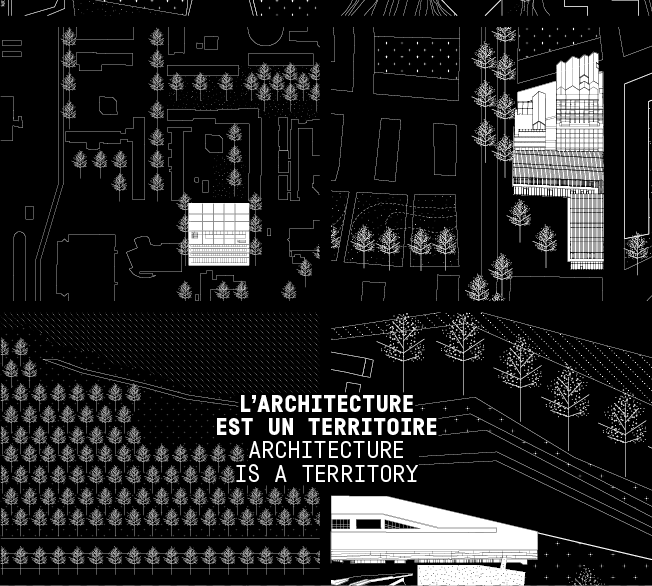The Dream gallery of Remy Marciano 1/5
The recently published special issue ”The Architecture is a territory” of L’Architecture d’Aujourd’hui is dedicated to the work of the architect Remy Marciano. For this issue the architect was invited to imagine his “dream gallery” – a museum on paper where the works of five artists are exhibited. The first one of this collection is the photographer Bruno Fontana famous for his work Typologies.
This interview of Jean-Philippe Hugron is originaly published in the new special issue of L'architecture d'Aujourd'hui, available on our online shop.
Do you answer to an aspect of a manifesto in your work? If yes, which one?
The Typologies series answers a desire to focus a neutral eye on types of architecture, in order to talk about history and collective heritage. We could summarise these objects with the serial production of a concept for functional purposes. Worker housing estates, housing developments, gatekeeper’s houses, these are often duplicated constructions, which, owing to the effects of their repetition, invite careful observation. The treatment of the serial presentation highlights both common points and differences. This is how the forms of occupants’ appropriations and the subtle personal touches that make each dwelling unique come into view.
Today, is there a fascination with ugliness? Can our eyes divine a bit of poetry in the midst of banality? Are you not ultimately seeking to render beautiful what is not considered so in the collective conscience?
I see two questions there, the first concerns the status of things that we see frequently. They are so much a part of our daily lives that our habitual gaze is incapable of appreciating them. In fact, the banal, the ordinary has lost all value in favour of the “exotic”.
The other question concerns ugliness – a subjective notion – which can qualify my subjects. Actually, they do not seem to possess any aesthetic value, and yet, in my Concrete Forms series for example, the block of concrete taken out of its context becomes a sculptural object. Concerning my series on agricultural silos (Silent Forms), these architectural forms were designed to meet technical needs without aesthetic constraints. However, whether ugly or beautiful, they leave no one indifferent. Furthermore, Gropius and Le Corbusier had already used silos to illustrate their theoretical discourse denouncing the ornamental excesses of academic architecture by advocating “the requirement that beauty be the exterior form”.
What was your intention with the Urban Wallpapers series?
It deals with buildings whose graphic framework can be repeated to infinity. This is how the dual reading functions. From a distance, these photographs show a coloured, graphic, almost abstract surface. However, as one approaches, one perceives that these are buildings with dwelling units, and one gradually discovers forms of live (an open window, a parasol, a clothes line, etc.). It is precisely these touches that interest me, because they unconsciously defy the crushing graphic logic. The main issue is not to denounce or to exalt banal architecture but rather the human presence in this environment and the forms of appropriation, which the curious eye will see.
Does this charming surface not conceal the living conditions of its occupants? What place do you give to contemporary architecture in your work?
I am mainly interested in aging architecture, because it is loaded with stories that speak to us about a period. Like a work on memory, I like to say that they are part of a collective heritage. It is precisely the most modest and banal architecture that reveals the most about us. It shows how we express our uses. Although I’m very interested in contemporary architecture, it has not travelled through time. It needs to age, be tamed by its occupants. My current work is focused on a building’s different phases of construction but also on industrial forms. Once again, I draw up an inventory of objects of no obvious aesthetic value. I am trying to grasp new architecture through the way of looking at its faber aspect.
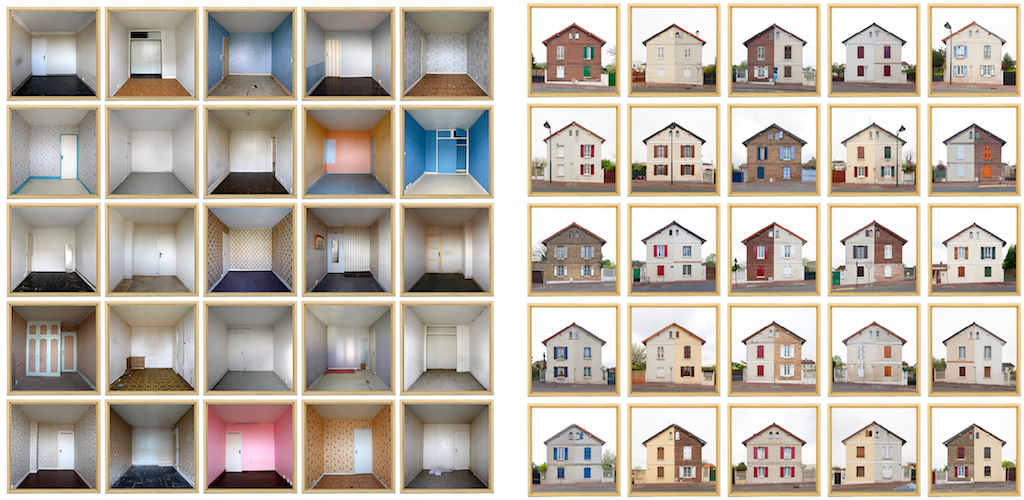
__________

